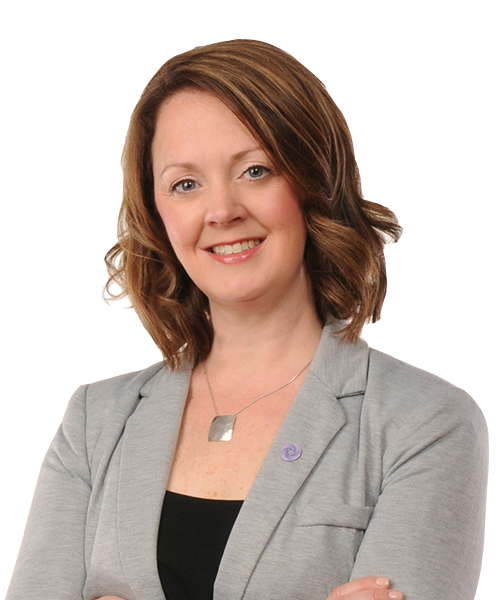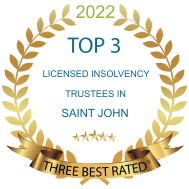Retiring with debt: How to pay off debt as a senior
12 Jul 2021

The dream of retiring stress-free is becoming harder to achieve as more Canadians carry debt into retirement.
One in three retirees holds some form of debt. Retiring with debt can make the transition to a fixed, and often lower, income more difficult as once manageable payments, like a mortgage or credit card, can be harder to pay. Cost of living and rising interest rates are also making seniors more reliant on credit to make ends meet – leaving 77% of seniors feeling generally concerned about meeting their financial obligations.
Retirement should be a peaceful and empowering experience after decades of hard work. Just because you’re carrying debt into retirement doesn’t mean it’s too late to regain control and find financial freedom.
Create or review your retirement budget
Following a retirement budget is one of the most important things you can do to keep your finances on track. Your budget can be simple, outlining your total monthly income, expected expenses, and variable expenses. When you subtract your expenses from your income, you’ll know how much you have left over for savings, repaying debt, or fun.
Learn how to build a simple budget from scratch.
Once you create a budget, review your expenses to find any unnecessary costs that could be reduced or removed. Cutting expenses such as subscriptions, takeout, or entertainment can free up money towards your financial goals. Think about it—reducing your spending by $20/month will put an extra $240/year in your pocket.
Build a plan for paying down your debt
It’s one thing to say you’ll pay down your debt, but you‘re more likely to accomplish something when you establish a plan. One of the best ways to positively change your finances is to set financial goals. Here are two examples of financial goals:
If you’re looking to reduce your credit card debt:
- ‘I will stop using my credit card and pay off its balance of $5,000, plus the interest, by the end of the year’.
If you’re looking to reduce your expenses:
- ‘I will limit the number of times I dine out or get takeout to once a month’.
Learn how to set realistic financial goals and see more examples.
Several debt relief strategies that can help you gain control of your finances and reduce how much you owe. When looking to make a change, knowing where to start and what options are available can be difficult. We’ve pulled together six of our best DIY strategies to help you pay off debt fast.
Talk to your bank about lower interest rates
Remember that saying, “It doesn’t hurt to ask’”? It also applies when talking with your bank about interest rates and fees.
Have an honest conversation with your bank about your current financial situation and what you can afford given your retirement budget. They may work with you to reduce your interest rates so that more of your payment goes toward the principal portion of your debt. If you’re juggling multiple debts, they may allow you to consolidate your debt into one monthly payment.
Look into formal debt relief options
When you’ve tried all other options and are still struggling to make your debt payments, exploring a formal debt relief option such as a consumer proposal may be a good idea.
A consumer proposal is a formal debt relief solution administered by a Licensed Insolvency Trustee (LIT). This process involves an offer to your creditors to repay a portion of the debt you owe. Once accepted, consumer proposals combine your debt into one fixed and reduced monthly payment.
After years of hard work, you deserve a stress-free retirement. Whether you’ve carried debt into your golden years or have accrued debt while living on a fixed income, options are available to relieve your overwhelming debt.
To learn more about these options or get started on your debt-free retirement, reach out to a member of our team. We’ve helped many seniors in debt get a financial fresh start before and during their retirement.


